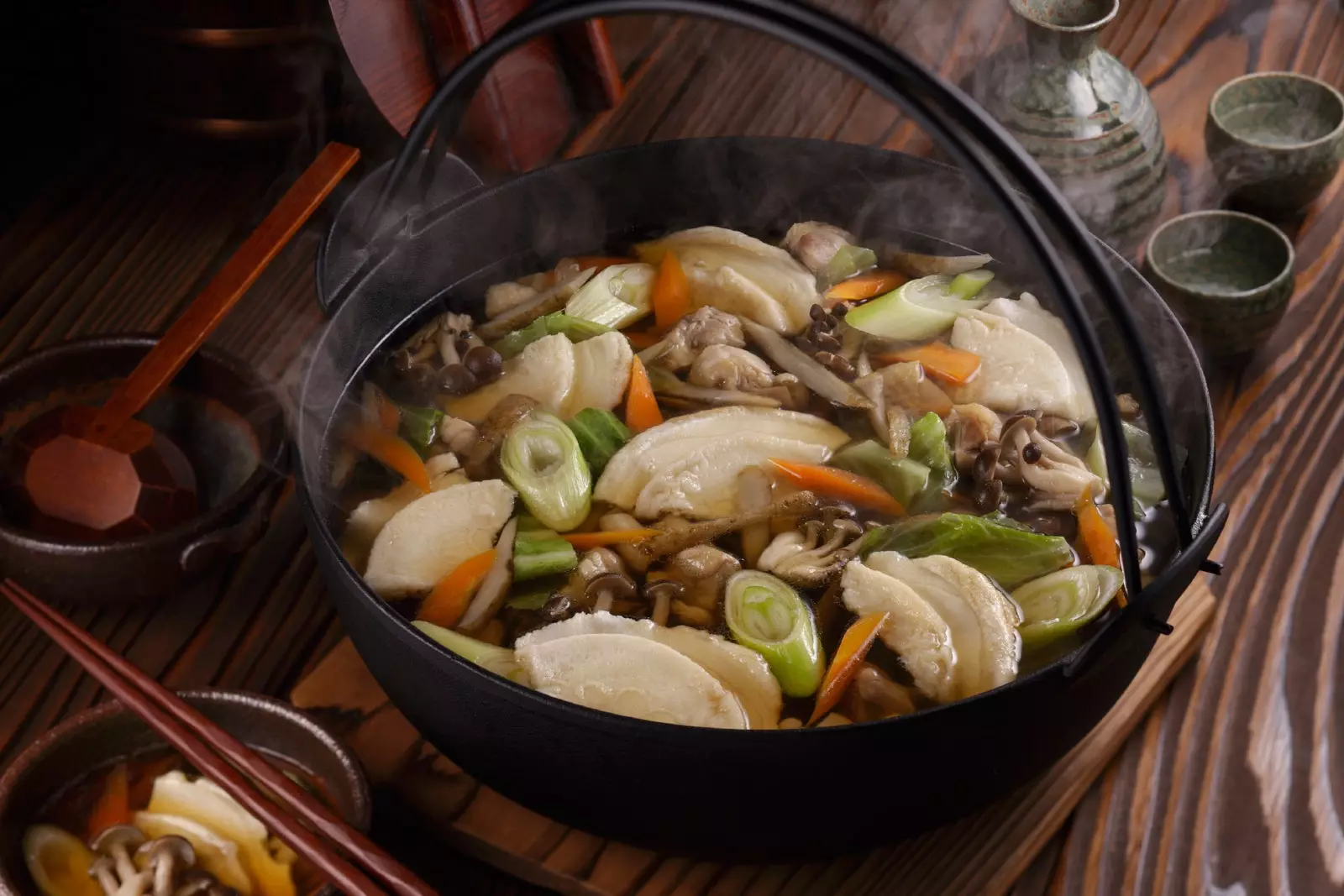
Tohoku, the gourmet region of Japan
we found her north of Tokyo, at the northern end of the Honshu Island, the largest and most populous of the Japanese archipelago.
Here where life goes by framed by steep mountains and deep valleys, where the solitude of the forests provides a refreshing contrast to the claustrophobic density of the cities, the pleasure of the palate reaches unsuspected heights.
Tohoku is the gourmet region par excellence that the Japanese country has given, the mecca to which locals go to have a culinary binge, attracted by seafood, meat, vegetables, forest fruits... A thousand and one unusual delicacies that define this territory and that are more delicious in their natural environment.
Because these places where the sea welcomes the union of warm and cold currents are not only optimal for fishing thanks to the variety of their species, but they also have a gift for the products of the earth.
Paradise of mushrooms and bamboo, of persimmons and apples, its meadows overflowing with soybeans give the cows that unique juiciness, while the fertile rice fields return an excellent fruit with which it is also made the best sake in the country.
Tohoku is the missing piece in the puzzle of perfect gastronomy. The ultimate reason to convince those who aren't yet that **eating is more than half the enjoyment of any trip to Japan. **
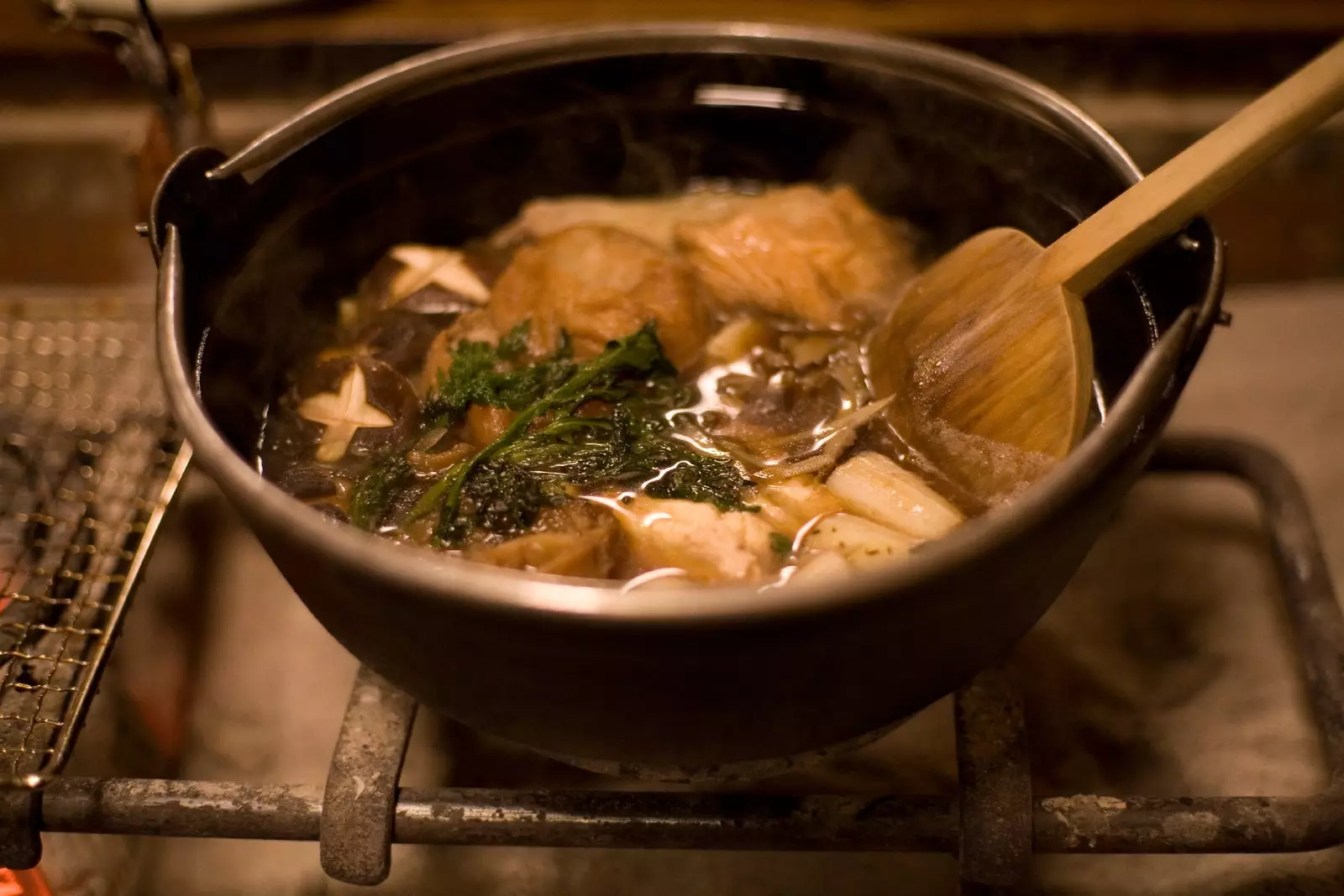
We have come to eat!
OYSTERS... HOW MANY OYSTERS!
Many, many, because they are the star product of Matsushima, that charming bay that captivated Matsuo Bashō, the seventeenth-century poet considered the master of haiku.
A landscape dotted with remote Isles of Pines, which has not only been proclaimed one of the most beautiful in Japan but also the most suitable to give itself to the delicacies of the sea
Here the oysters have a particularity: contrary to the Japanese custom of eating raw fish, this prized mollusk is served on the grill. And his way of enjoying himself implies a real sprint.
restaurants like the Osakana Fish Market they are a kind of all you can eat in which the diners, placed around a gigantic fountain, they can gorge themselves in the span of an exact hour.
For this they give you a kit that includes bib, gloves, tweezers, a kind of spatula with which to open each piece... and a stopwatch so that no one exceeds even a second.
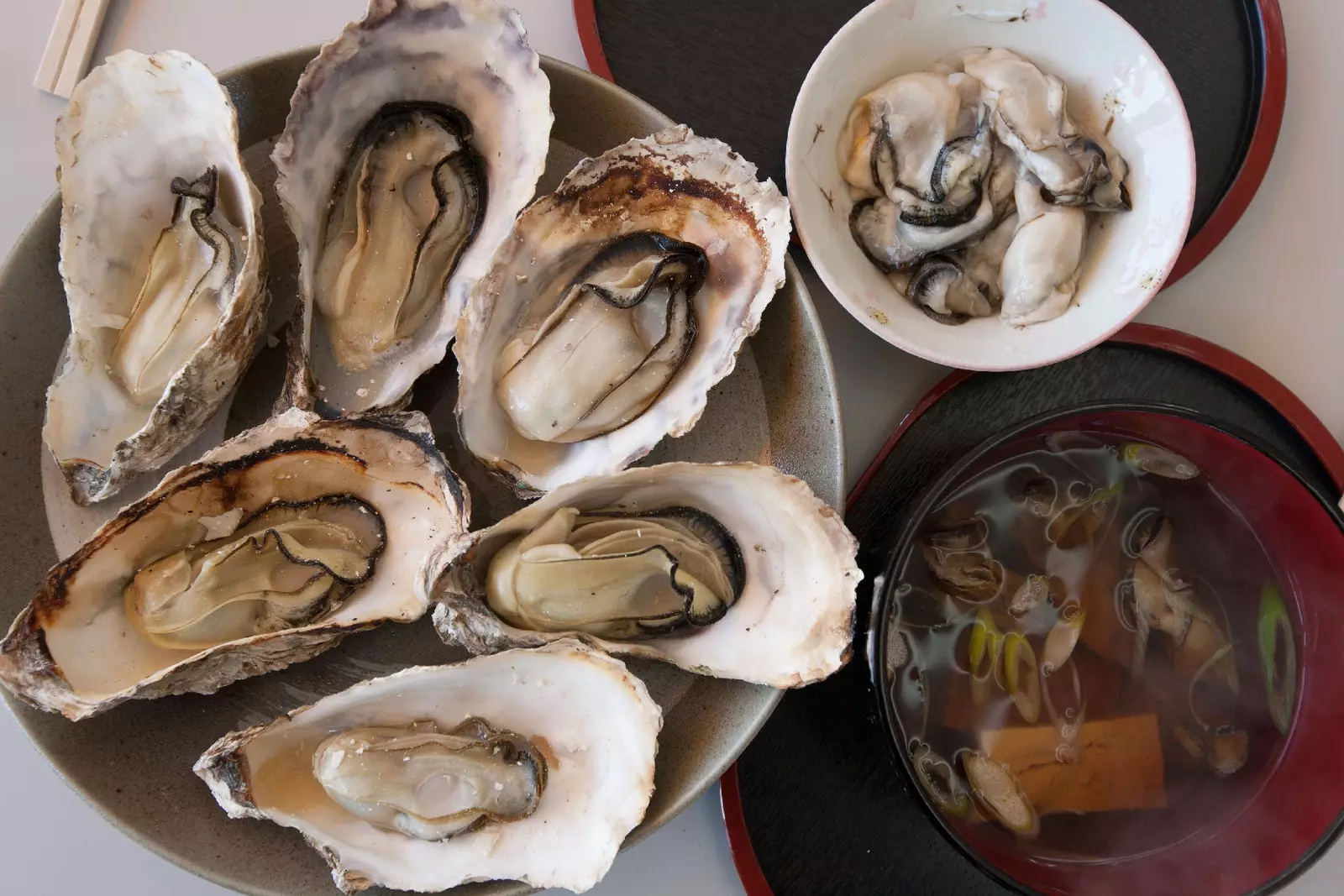
Oysters, the star product of Matsushima
TO THE RICH COW TONGUE
It is another of the delicacies that distinguish this region. A custom that dates back to the difficult times that followed the Second World War.
If the intake of meat was already one of the contributions that Western culture brought with it (remember that Japan has always been the largest consumer of fish, followed by Portugal and Korea), hunger pushed to eat also those viscera that were previously discarded.
Today the gyutan or beef tongue It is the most typical dish of Sendai, the largest city in Tohoku. A delicacy that is grilled and offered accompanied by rice and pickled vegetables with miso. You have to overcome objections to discover that it is tender and tasty. Simply exquisite.
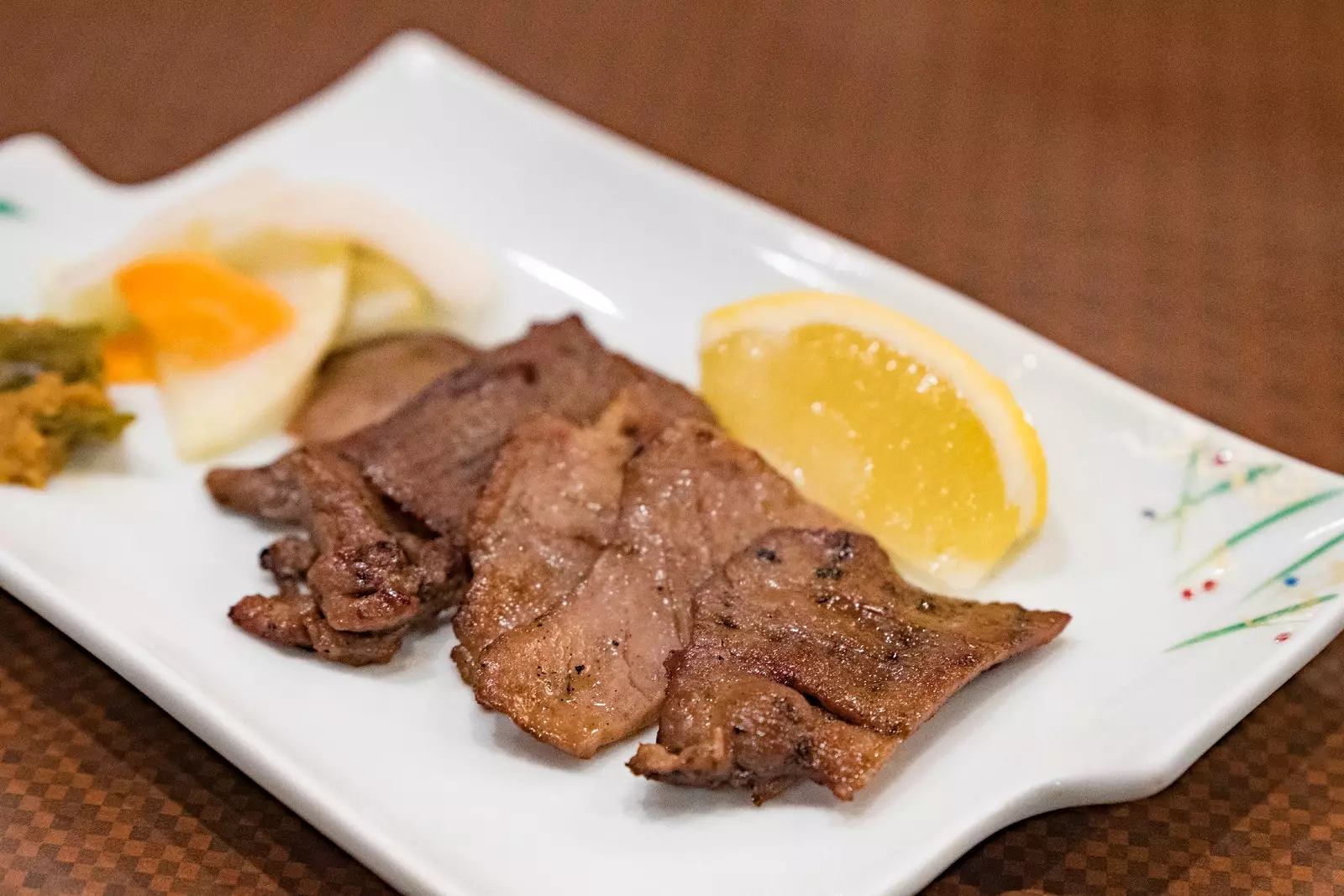
Gyutan or beef tongue: simply delicious
SUPREME QUALITY BEEF
Although marketing has given global projection to the kobe Beef, It should be noted that beef, throughout Japan, enjoys the same delicacy as this regional variety.
In Tohoku you can enjoy excellent **wagyū (literally, Japanese cow)** at a very affordable price. In ** Maesawagyogata **, for example, a tasting with rice, salad and soup, is around 35 euros.
What is it that makes it so special? Basically its fatty grain, which gives it extreme juiciness. This meat falls apart just by putting it in the mouth. Of course, let's rule out the urban legends that are attributed to cattle: they don't drink beer, get massages, or listen to classical music.
Its quality is rather due to the race (and selective breeding) and the benefits of a diet not only based on grass, but also soy, wheat and rice.
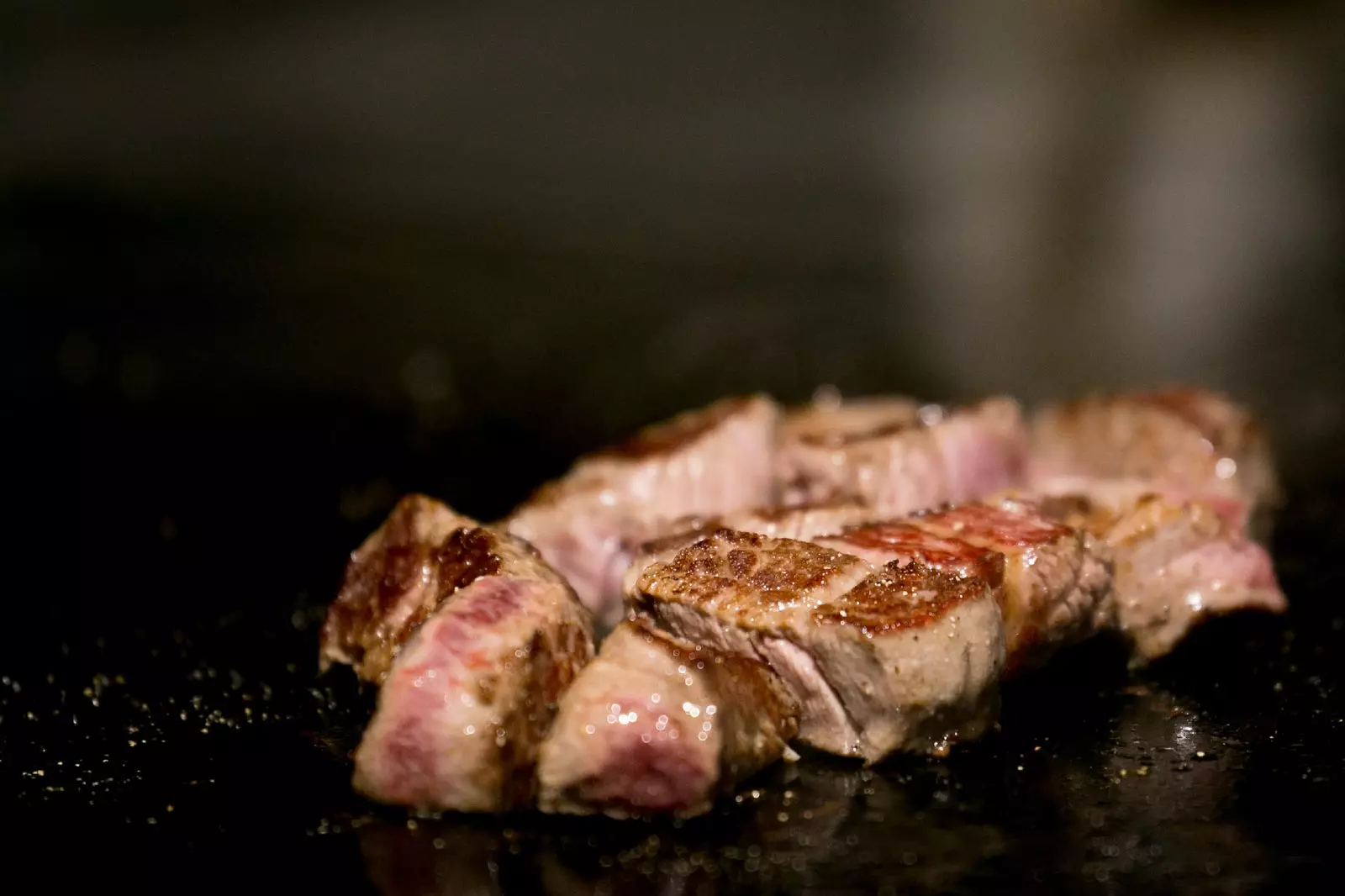
Wagy?, beef of the highest quality
SURIYAKI AND SHABU SHABU
precisely because veal is at the top of Japanese stoves, there are many ways you can prepare.
Like these two dishes, typical of the region, which in addition to vegetables, mushrooms, noodles and tofu, consist of thin slices of wagyū cooked at the table in a boiling broth.
The suriyaki , What is it cooked with soy, sake, sugar and mirin, is finished off by dipping the meat into a raw egg, while the shabu shabu It ends with a selection of special sauces based on sesame and citrus. Both are inexcusable in Tohoku cuisine.
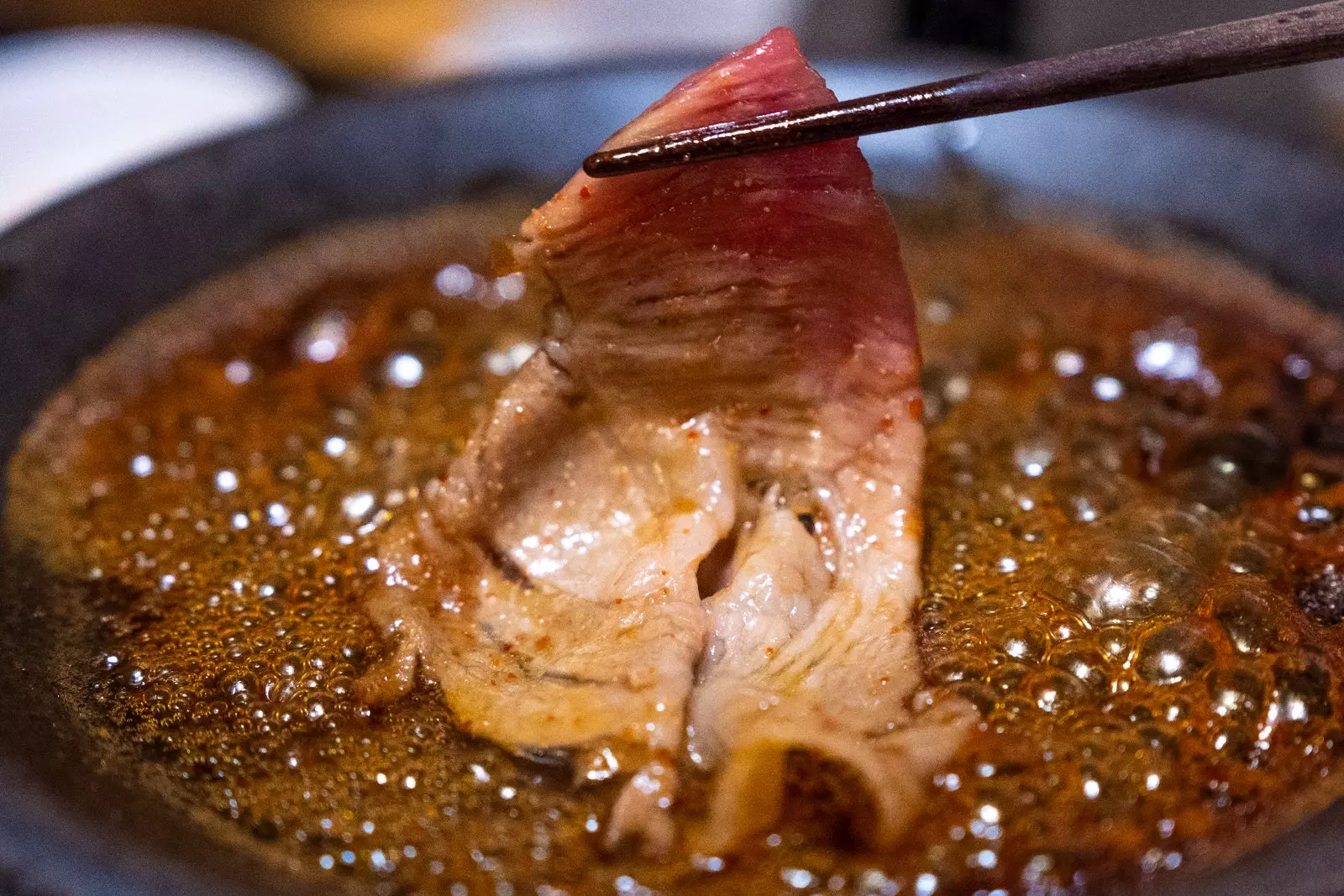
Suriyaki is finished off by dipping the meat
GREEN TO DEGREASE
That not everything was going to be protein in the territory that has been baptized as "Japan's barn".
This is an area with a lot of agriculture due to the fertility of its soils, as well as a climatic trait that is vital for the garden: drastic change in temperature (warm days and cold nights) causes fruits and vegetables to generate much more sugar.
Above all persimmons and apples never tasted so sweet. The fields are also upholstered with huge rice plantations since Tohoku registers the bulk of the national production.
And this, of course, has caused multiple distilleries of a sake that is considered special. To find out everything about this elixir, you have to go to **Yonezawa, where its own museum is located** in the cellar that has been making it since 1570.
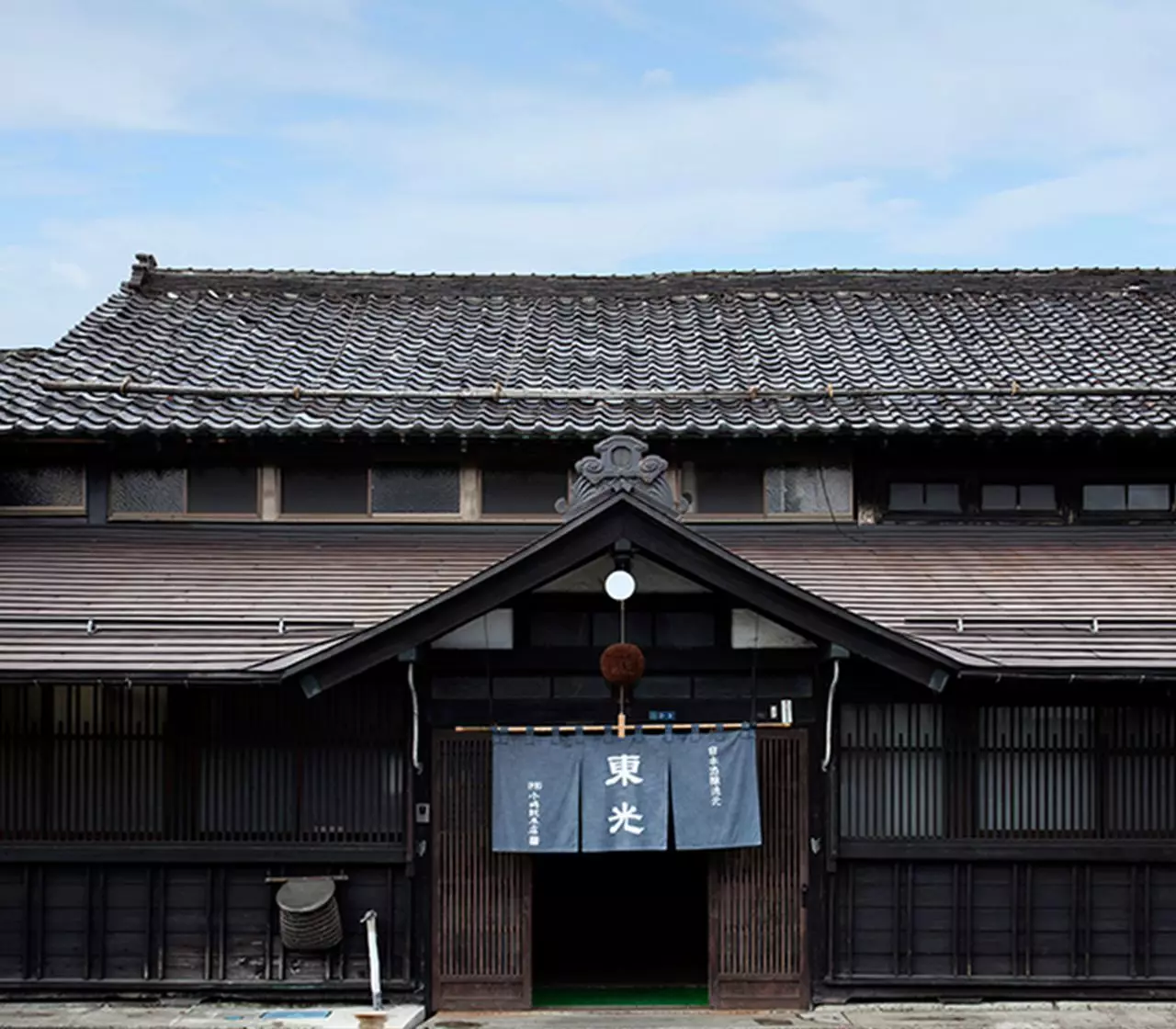
The Yonezawa Sake Museum
THE MOUNTAIN CHEF
That's how it's known Haruki Sato, the young chef at Dewaya restaurant, in Yamagata, which has been a revolution.
And is that for your kitchen he only uses the fruits, herbs and roots that he finds on his morning walks through the foothills of the mountain.
Far removed from luxury at all, the gastronomy he offers is that of the yamabushi, those Japanese hermits anchored in the ancient tradition of worship of nature.
But his greatest achievement, they say, is identify the much-appreciated umami in their dishes. Yes, we are talking about fifth taste, that indefinite nuance, extremely pleasant, lit up in this country that knows how to delight the taste buds so much.
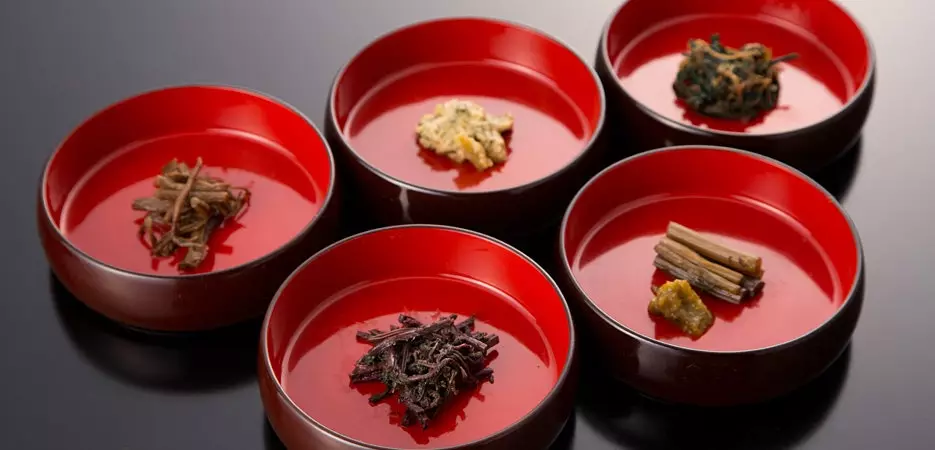
Dewaya, where chef Haruki Sato works his magic
